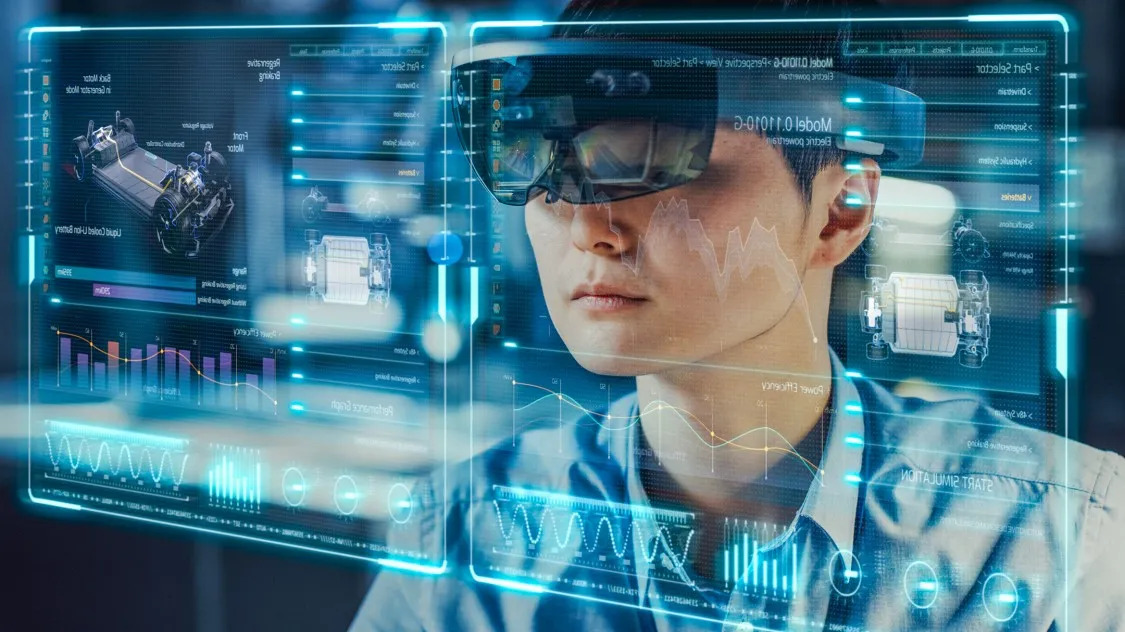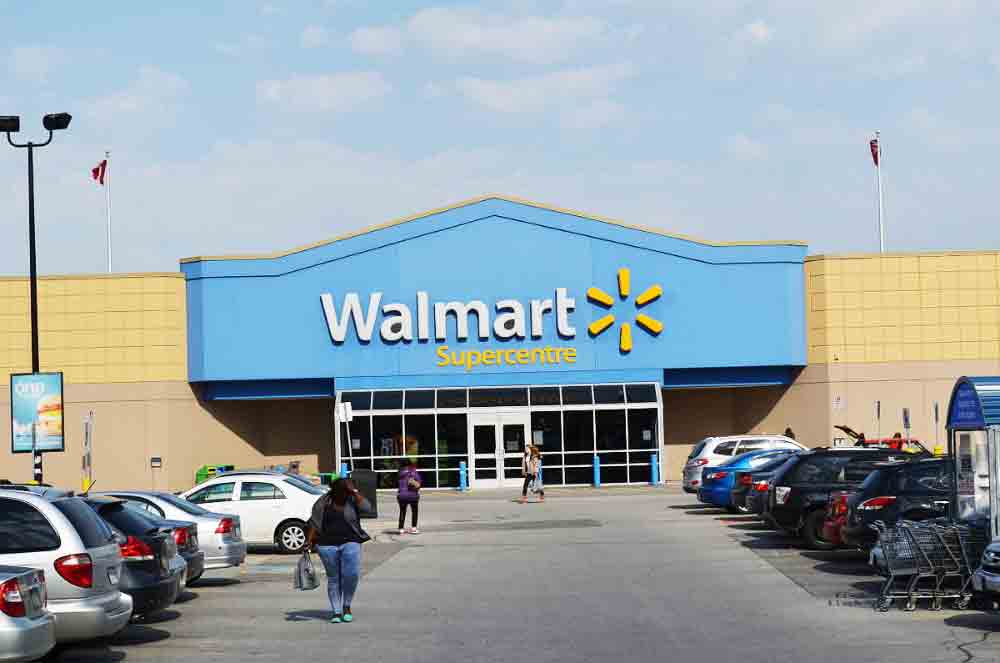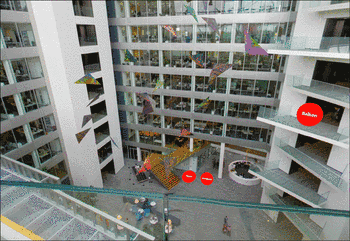The Metaverse has been the talk of the town for quite a while. A virtual world where an infinite number of people can meet, work, play games, shop or socialize. For Matthew Ball, technology expert, thought leader and best-selling author on the Metaverse, it is no less than a new plane of existence, one that will change the way we live forever.
Takeaways
- What it is
- Why it is important in terms of benefits
- Why we at Siemens care – and you should, too
- What is here and what is still developing
- How Siemens approaches it
The current focus when it comes to the Metaverse is mostly on the world of games, online retail and social media. At the same time, one could argue that the most significant and biggest potential of the Metaverse lies with industries that make up the backbones of our economies – for example manufacturing, buildings, grid and infrastructure operators or the transportation sector.
Why? Because the Metaverse will bring profound changes to these sectors in the coming years, creating real impact. Ultimately, technology does not exist for its own sake but to make people’s everyday lives better. And this is what the idea of the Industrial Metaverse is all about.
Technology does not exist for its own sake but to make people’s everyday lives better. And this is what the idea of the Industrial Metaverse is all about.
The Industrial Metaverse is a world, which is always on. Where real machines and factories, buildings and cities, grids and transportation systems are mirrored in the virtual world. Why is this so important?
In a digital environment, problems can be found, analyzed, and fixed quickly – or better yet, discovered before they arise. And all of this will happen in a world enabling a whole new level of collaboration. Where people can break the barriers of distance and work together across countries and continents as if they were together in the very same room, in front of the very same machines or objects. Where everyone can try out new ideas easily and quickly – and where innovation takes off. The Metaverse is where virtual reality supports people who are working hands on, on site. A virtual realm where we can travel into the past and even into the future to understand problems and processes better and find optimal solutions.
Combining the real and digital worlds
This might still sound like science fiction. But it is, in part, already our reality. In particular, one key technology of the Industrial Metaverse is already very advanced and used every day. The digital twin.
Digital twins already combine the real and the digital worlds to quicken the planning of factories, buildings and entire city districts. And by connecting the digital twins to their real-world equivalents, by leveraging their data, we can improve operations over the entire life cycle.
Siemens‘ Digital Native Factory in Nanjing is one example. From the very beginning we planned this facility using digital technologies. The entire factory was simulated with a digital twin, which optimized the building, and detected and mitigated potential problems at an early stage. Planning errors, both small and big, which in the past would cost a lot of money and a lot of time, were completely avoided. And we continue to use the power of simulation during operations. The true benefit of this digital plant: Manufacturing capacity increased by 200%, productivity by 20%.
In partnership with Nvidia, we will now take the Digital Twin, this key technology of the Industrial Metaverse, to the next level. We are creating digital twins that allow interaction in real time, that will look like real machines and, thanks to Siemens know-how, will physically behave like one in every way.
This means that the user does not only see a perfect animation, like in a movie. The twin simulates behavior just like in the real world. For example, if a rise or fall in temperature is simulated, the digital twin will react to it immediately and in exactly the same way as the real asset on the factory floor or in the building would. Or it can simulate exactly what happens when an individual part fails or new, improved components are installed.
The photo-realistic, physics-related and real-time digital twin is not the only precondition for the rise of the Industrial Metaverse, but it is possibly the most crucial one. Because digital twins provide the virtual environment for persistent simulation, live interaction and can even serve as a kind of cross-roads between the virtual and the real worlds.
How we will build the Industrial Metaverse – together
The digital twin is perhaps at the heart of the Industrial Metaverse. But it alone won’t suffice to fill the Metaverse with life. We are going to need a great many additional technologies and innovations. We will need a lot more computing power, faster networks. We will need even more powerful artificial intelligence, better chips and more advanced virtual reality technologies.
And these and many other innovations are on their way. We are seeing huge advances that will enable us to build, explore and finally cultivate the Industrial Metaverse. The Internet-of-Things already connects more than 10 billion devices and is set to triple in this decade. And with the roll-out of 5G and integrated space-air-ground networks, high-connectivity and low-latency networks will be available around the world. And from virtual and augmented reality glasses to edge and cloud technology all the way to blockchain and artificial intelligence, more and more technologies are coming together, that will enable the Industrial Metaverse.
The Metaverse as a digital ecosystem is taking shape more and more with each passing day.
However, it is also clear that this virtual world is not built by just one company or a few partners. It is the users who will create it; it is their reality and experience, their needs and innovations that will shape it. Openness and interoperability are therefore the basic prerequisites for building the Industrial Metaverse. Those who believe they can lock others out will only lock themselves in.
And at the same time, people and companies will need easy and flexible solutions to develop and cultivate the Metaverse. Large corporations can perhaps afford to develop tailor-made, individual solutions. Everyone else needs hardware and software solutions that are easy to adapt and preferably work as „plug and play“. And they need a digital business platform where they can find these solutions quickly and easily.
Siemens Xcelerator, for example, will serve this purpose. It simplifies digital transformation and will help pave the way to the Industrial Metaverse. Its solutions are easy to integrate, work together seamlessly and can be adapted very precisely to specific, individual needs. Your digital transformation can start with one machine, one line or an entire factory. And businesses can find a curated portfolio of software and IoT-enabled hardware with applications across all industries from a large number of certified providers. You find what you need – and, by the way, you only pay what you need, when you need it. Because all offers come as-a-Service.
By the end of this decade the Metaverse is expected to be a multitrillion-dollar market – with a significant share of industrial applications. But even more important, it can be one of the greatest forces to drive both sustainability and the digital transformation of businesses and entire industries. It will make innovation easier, progress faster, time to market shorter, reduce waste and help us to use fewer natural resources. It will help to develop better products by empowering people to explore more alternative designs in shorter time and at considerably lower costs. And it will lead to the easy integration of recycling and circular economy principles into the design process and more efficient ways of production – paving the way for greater efficiency and dematerialization of our economies.
For companies, this next stage of digitalization will, of course, also be challenge. But at the same time, it is an opportunity to build and cultivate a virtual world that will help solve real-world problems: to become more sustainable and efficient, more resilient and more competitive. This is not only about gaming or social media – this is about to transform all of our industries. Let’s make it a reality!
Quelle:




